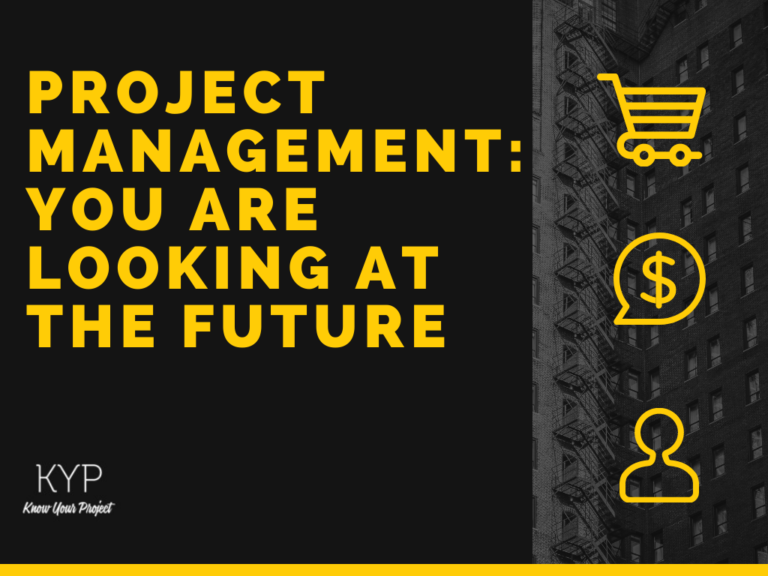Digital Transformation Is Now a Talk of the Town
Whatever is the company leader’s vision for the longer term, they must include “Digital Transformation” as a refining tool to their workplaces.
Today, everything is about “digital” from digital data, digital marketing, digital media to digital transformation strategy. Owners who run the company without the linear positioning are nudging themselves harder for the solutions.
Digital transformation is not only the implementation of technology but it is also the cultural, operational, and organizational revolution within the departments. If you are an industrialist who thinks that it is not “always a million dollars” but a “correct mindset” and a “right implementation” then you are just in time—every extra penny spends on bleak planning is an investment in a blurred future.
Approx. 55% of startups have already adopted a digital transformation strategy that not only moves the company forward but also cultivates the old-tech into new business agility. Digital transformation is more than just a sweet definition. It demands quality strategic planning, and in return, it ensures quality outcomes to your company: kind of a quid pro quo.
From post-pandemic to this “new” normal, each day brings advanced technology but using it without knowing its importance, purpose, and functionality is nothing but speculation, which would lead your company to post-problem.
Here, digital transformation is imperative; a support and anti-abdication for all the small-sized businesses and big enterprises. Its absence is a “why” behind all the unsolved challenges and unwanted disruption—it also helps to target goals that founders are prolonged to achieve and changes the way to forecast IT trends and handle customer retention.
More likely, consider it as a multi-gadget that fights with the insufferable failure of companies and thought-leaders who fail to adopt new tech in ideal timeframes. The reason why big companies go for this is to see an accurate future-proofing and evolution, without which an organization ceases to exist.
It’s no secret, that whether the business is new or well-established, it tends to stay relevant, competent, and powerful in its market. Industries that use digital advances, for example, mobility, smart embedded devices, and social media are also improvising their “traditional technologies,” whereas some leaders believe that digital transformation is unhelpful for x reasons but let’s be honest, is old operating models are ever helpful to drive centric-customer change? Clearly not.
Going “digital” enables exposure in customer experience, helps managers to enhance productivity, extends the business networks and improves the brand’s viability but, the crucial part here is CX that could take you back to the level 0 or take you to the profitable leads.
Call it human-centric, customer-centric, or audience-centric, the target is “always” human: digital transformation hyper-connect all the leading potentials (from the front end, back office to people, players, teams, and technologies in ecosystem or industry) for a key success.
Shortly, the three core capabilities DT promises are: “informed decision-making,” “user-awareness,” and “quick-execution.”
Hate it or love it but digital maturity does not come up with age, it depends on how fast you learn “what changes what” as it defines better visions and reinforces the existing business activities, processes, ecosystems, organizational culture, assets, partnerships ecosystems, and people empowerment.
People with standard ideologies do not prefer “everything digital” they rather focus on face-to-face interactions and in this case, digital transformation retrains the connection between customer-facing agents and the workers.
Among thousands of other options, the digital transformation model is very well-versed in solving challenges that happen due to disruption. If applying digital transformation strategy to the modern enterprise, we can expect aspects like corporate control, digital fulfilment, risk optimization, product & service optimization, distribution, marketing, & sales, and customer retention.
The Main Takeaway:
The project management, balance, financial literacy, behaviour control, installation of the IoT, AI, AR, and cultural rebranding is definitely not a bowl filled with cherries. Managers are full of “puzzlement” these days on how to teach employees the factors of innovation, communication with customers, suppliers, colleagues, and automation on manual activities. They themselves are struggling with the uncertainty of understanding the process and control of projects.
This is why a helping hand is essential — consultants, trainers, and project managers with industrial insights and extensive background are hired around the world to reshape firms and their employees.
Regardless of how big a company can earn; ethics, alignment, and formation come with the mentorship, and as we speak “one cannot have everything despite the money” the help from mentors stands on top, on priority.









4 Comments
Comments are closed.